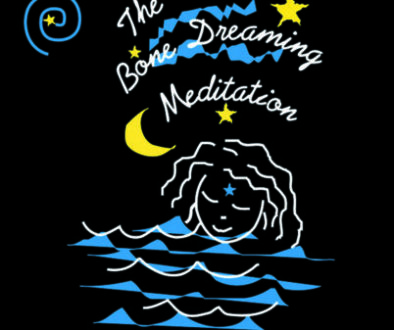Appendix to “Beyond Technique: Trauma Healing, Mediation and Spirituality”
In “Beyond Technique: Trauma Healing, Mediation and Spirituality,” several terms from Daniel Stern are cited repeatedly by Elizabeth Bader. However, the way Daniel Stern uses these key terms in ways do not necessarily conform to their obvious meaning or normal usage. For that reason, this post provides those definitions.
All definitions are from Daniel Stern’s book, The Present Moment in Psychotherapy and Everyday Life (W. W. Norton & Company, 2004), pages 244-245.
Definitions
The first term is Stern’s basic unit of measure, the Present Moment:
Present Moment: the span of time in which psychological processes group together very small units of perception into the smallest global unit (a gestalt) that has a sense or meaning in the context of a relationship. Objectively, present moments last from 1 to 10 seconds with an average around 3 to 4 seconds. Subjectively, they are what we experience as an uninterrupted now. The present moment is structured as a micro-lived story with a minimal plot and a line of dramatic tension made up of vitality affects. It is thus temporally dynamic. It is a conscious phenomenon, but need not be reflectively conscious, verbalized, or narrated. It is viewed as the basic building block of relationship experiences. Abstractions such as generalizations, explanations, and interpretations, or higher order phenomena such as narratives, are made up of these basic, primary, psychological experiences. It is only these that happen “now” and only these that are directly lived.
During certain moments, the parties experience a crisis, or a sense that something needs to be done now. These are Now Moments.
Now moment is a present moment that suddenly arises in a session as an emergent property of the moving along process. It is an affectively charged moment because it puts the nature of the patient-therapist relationship into question. This usually involves bumping up against or threatening to break the habitual framework or “rules” of how they work together and are together. What is at stake is how they will be with each other. The level of anxiety in the patient and therapist rises. They are both pulled forcefully into the present. The therapist feels that a routine technical response will not suffice. This adds to his or her anxiety. A crisis that needs resolution has been created. The resolution can come in the form of a moment of meeting or an interpretation.
Finally, there are Moments of Meeting, moments in which the practitioner meets the client and the crisis is resolved.
Moment of meeting is a present moment between two participants that potentially resolves the crisis created by a now moment. It thereby reshapes the intersubjective field and alters the relationship. It is called forth as an emergent property from the micro-context of the now moment and must be exquisitely sensitive to this context. It involves a response to the crisis that is well fitted to the specificity of that particular crisis. It cannot be a general technical response but must be a specific, authentic one that carries the therapist’s personal signature, so to speak. This is necessary because there is an intersubjective sharing in this moment that alters the intersubjective field between the two. The affectively charged sharing expands the intersubjective field so that their relationship as mutually sensed is suddenly different from what it was before the moment of meeting. This change in the intersubjective field by virtue of the moment of meeting does not require verbalization or narration to be effective and lasting.
Return to Beyond Technique: Trauma Healing, Mediation and Spirituality.”


